Decoding the DNA of the Jmon people: Revealing the appearance and genetic mysteries of ancient Japanese residents
The discovery of DNA from a JÅmon woman's molar on Rebun Island has revealed the unique appearance, origin, and lifestyle of ancient Japanese residents, expanding our understanding of East Asian evolution and genetics.
A major scientific discovery recently announced by the Asahi Shimbun has provided a clearer view of the appearance and lifestyle of the JÅmon people – a group of people who lived in Japan thousands of years ago. By analyzing DNA extracted from a molar remaining in the skull of a woman found at the Funadomari archaeological site on Rebun Island, off the coast of Hokkaido, researchers have successfully reconstructed the biology of one of the oldest known JÅmon individuals.
According to a team from Tokyo’s National Museum of Nature and Science, whole-genome sequencing of the specimens has shown that the JÅmon people had several significant differences from the present-day Japanese population. They had dark skin, brown eyes, freckled faces, and hair described as messy, thick, and slightly curly. These characteristics help to better depict the appearance of the ancient inhabitants who dominated the Japanese archipelago for thousands of years.
Genetic analysis also revealed that the JÅmon people had significant genetic links with indigenous populations in the Russian Far East, the Korean Peninsula, and indigenous Taiwanese people. This supports the hypothesis that ancient groups had moved widely across East Asia before the Japanese archipelago developed its own distinct culture.
Another interesting finding is that the JÅmon woman carried a rare genetic variant that allowed her body to adapt perfectly to a high-fat diet. This variant is now found mainly in Arctic communities – where people rely heavily on marine animals such as whales, seals and walruses for food.
Scientists believe that the appearance of this variant in the JÅmon people is not accidental. It reflects a lifestyle based on hunting and exploiting marine resources, especially in the coastal areas of northern Japan, which are rich in fisheries.
Among the most intriguing points, the team determined that the JÅmon woman likely had wet earwax, a trait common in Africans and Europeans. This is quite unusual, since most modern East Asians carry a gene variant that produces dry, white, and fine earwax.
In fact, over 97% of people of African and European descent have moist, orange-brown earwax, while the variant that produces dry earwax is quite common in Native American populations. This difference suggests that the JÅmon's evolutionary journey was far from simple and involved complex genetic crossovers.
The JÅmon period, which lasted from about 10,500 to 300 BC, is considered an important period in Japan's prehistory. As the ice ages receded, the islands' ecosystems became rich with deciduous forests and grasslands, creating conditions for the JÅmon community to develop.
The JÅmon people relied primarily on hunting, fishing, and gathering, but they were also one of the first cultures in the world to create pottery with distinctive patterns – which is where the name "JÅmon", meaning "rope mark", comes from.
Despite living off natural resources, the JÅmon people built large settlements, leaving behind rich archaeological remains that are the basis for a better understanding of ancient Japanese life.
The man went to test the DNA of his secretary's child, and immediately gave him money after receiving the results.  Pinky15:28:36 27/09/2024Ms. Nguyen Thi Nga, director of the Hanoi Center for DNA Analysis and Genetic Technology, still remembers that one day a luxury car stopped right in front of the door. A gray-haired man and a girl carrying a child walked in.
Pinky15:28:36 27/09/2024Ms. Nguyen Thi Nga, director of the Hanoi Center for DNA Analysis and Genetic Technology, still remembers that one day a luxury car stopped right in front of the door. A gray-haired man and a girl carrying a child walked in.






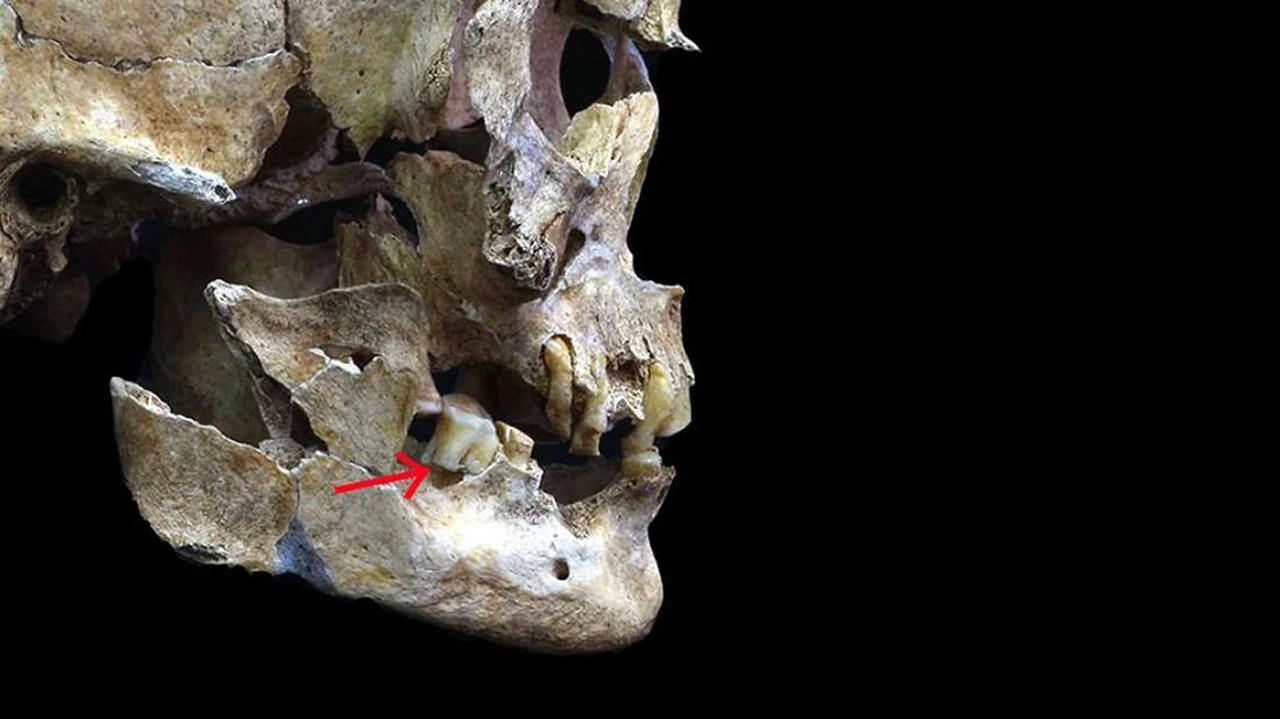
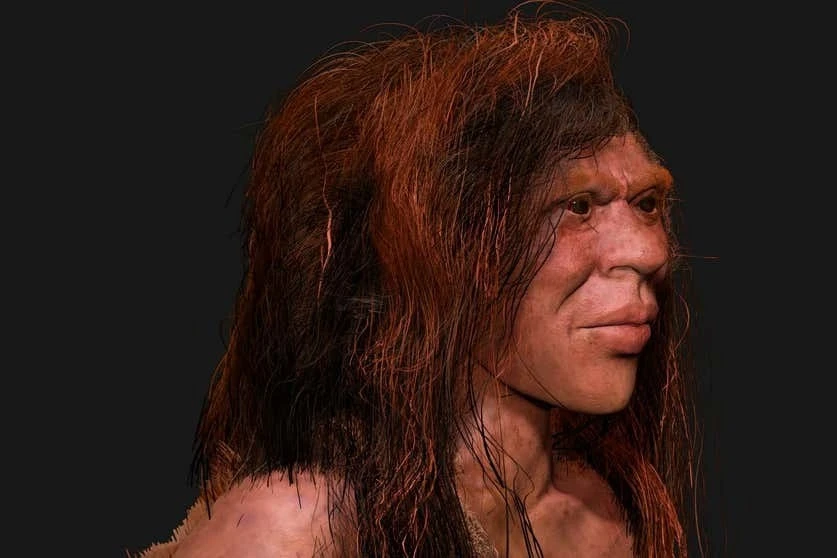
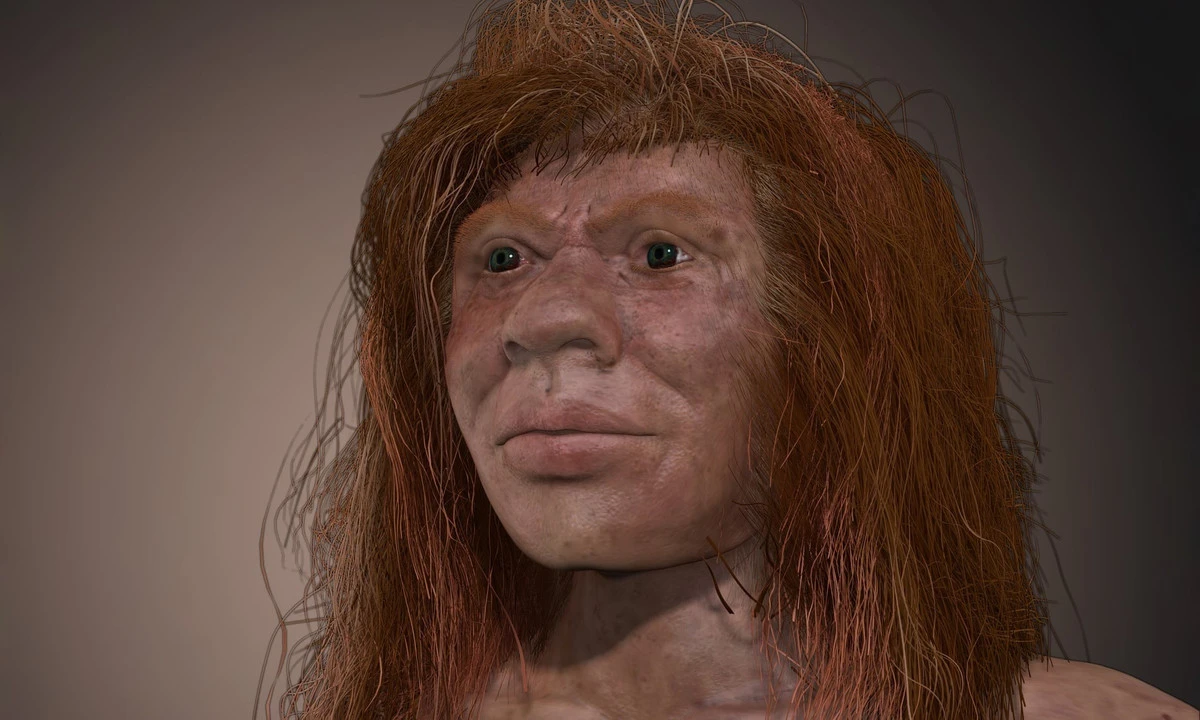
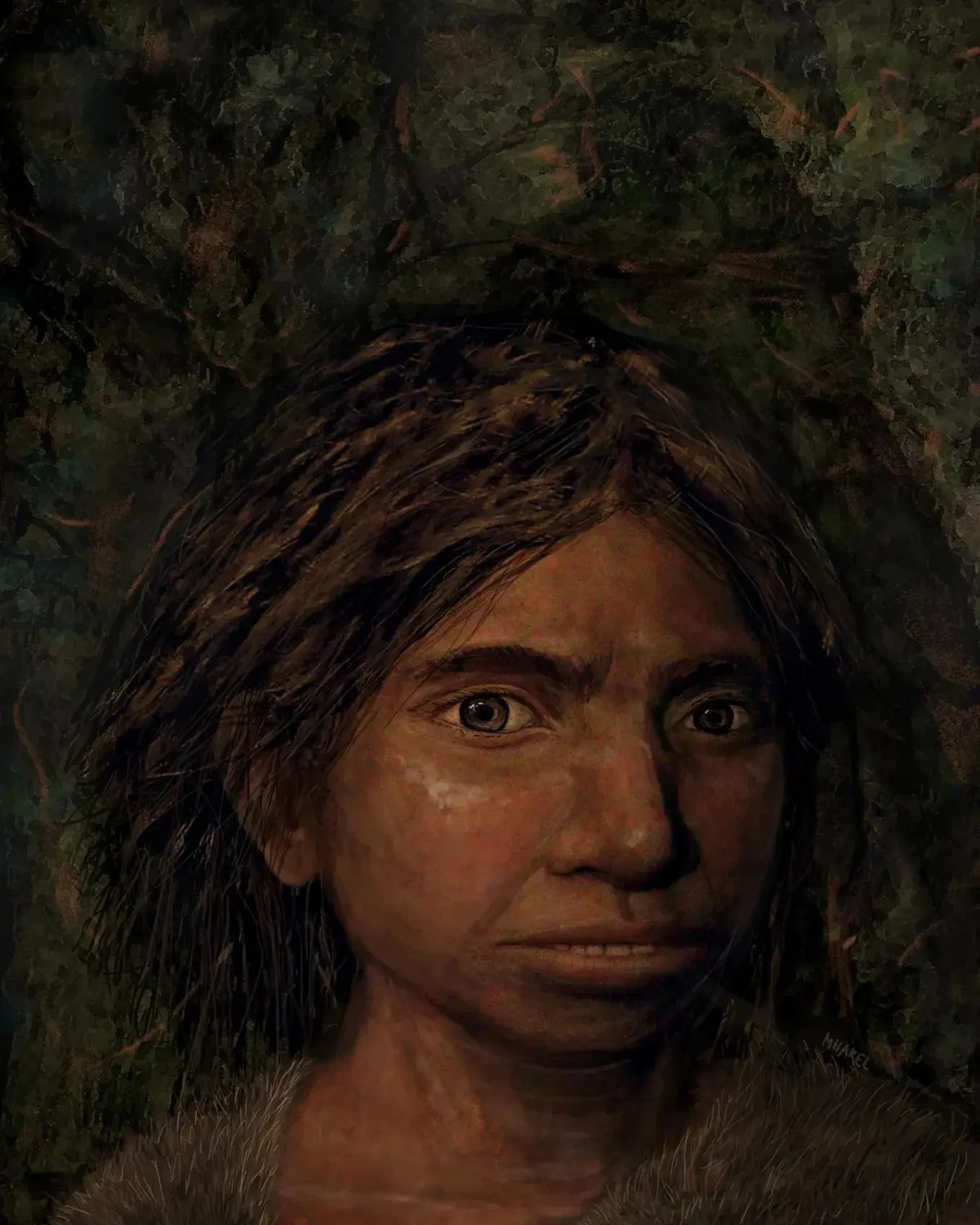
 AI reads thoughts, converts brain signals into words, opens up new communication directions
AI reads thoughts, converts brain signals into words, opens up new communication directions The secret of life of the Imperial Citadel of Thang Long, not inferior to Chinese archery movies
The secret of life of the Imperial Citadel of Thang Long, not inferior to Chinese archery movies Solar power from space, ambition to cover clean energy throughout the Earth
Solar power from space, ambition to cover clean energy throughout the Earth A new super typhoon appeared, named 'Phoenix', with terrible destructive power?
A new super typhoon appeared, named 'Phoenix', with terrible destructive power?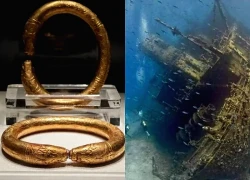 Discovering more than 4,000 tons of treasure on the seabed, pouring 1,100 billion VND is still difficult to salvage
Discovering more than 4,000 tons of treasure on the seabed, pouring 1,100 billion VND is still difficult to salvage Comet 3I/ATLAS: Billionaire Elon Musk suspects it is an alien spacecraft
Comet 3I/ATLAS: Billionaire Elon Musk suspects it is an alien spacecraft Suspected objects of extraterrestrials mutate, close to Earth, science tied their hands?
Suspected objects of extraterrestrials mutate, close to Earth, science tied their hands? NASA study: Earth darkens, "warning" of worrying energy changes
NASA study: Earth darkens, "warning" of worrying energy changes The mystery of the room haunts the feudal dynasty, the concubine had to be "buried" according to the king
The mystery of the room haunts the feudal dynasty, the concubine had to be "buried" according to the king
0 | 0 Discuss | Report